
Python in a Nutshell. 4th Edition Alex Martelli, Anna Martelli Ravenscroft, Steve Holden
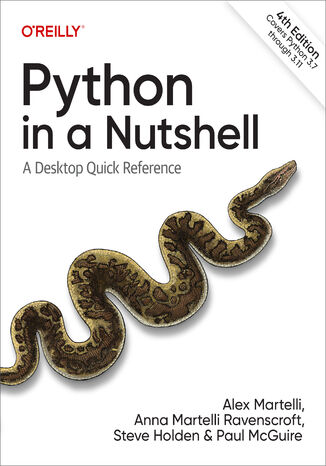



- Autorzy:
- Alex Martelli, Anna Martelli Ravenscroft, Steve Holden
- Wydawnictwo:
- O'Reilly Media
- Ocena:
- Stron:
- 738
- Dostępne formaty:
-
ePubMobi
Opis
książki
:
Python in a Nutshell. 4th Edition
Python was recently ranked as today's most popular programming language on the TIOBE index, thanks to its broad applicability to design and prototyping to testing, deployment, and maintenance. With this updated fourth edition, you'll learn how to get the most out of Python, whether you're a professional programmer or someone who needs this language to solve problems in a particular field.
Carefully curated by recognized experts in Python, this new edition focuses on version 3.10, bringing this seminal work on the Python language fully up to date on five version releases, including preview coverage of upcoming 3.11 features.
This handy guide will help you:
- Learn how Python represents data and program as objects
- Understand the value and uses of type annotations
- Examine which language features appeared in which recent versions
- Discover how to use modern Python idiomatically
- Learn ways to structure Python projects appropriately
- Understand how to debug Python code
Wybrane bestsellery
O'Reilly Media - inne książki
Dzięki opcji "Druk na żądanie" do sprzedaży wracają tytuły Grupy Helion, które cieszyły sie dużym zainteresowaniem, a których nakład został wyprzedany.
Dla naszych Czytelników wydrukowaliśmy dodatkową pulę egzemplarzy w technice druku cyfrowego.
Co powinieneś wiedzieć o usłudze "Druk na żądanie":
- usługa obejmuje tylko widoczną poniżej listę tytułów, którą na bieżąco aktualizujemy;
- cena książki może być wyższa od początkowej ceny detalicznej, co jest spowodowane kosztami druku cyfrowego (wyższymi niż koszty tradycyjnego druku offsetowego). Obowiązująca cena jest zawsze podawana na stronie WWW książki;
- zawartość książki wraz z dodatkami (płyta CD, DVD) odpowiada jej pierwotnemu wydaniu i jest w pełni komplementarna;
- usługa nie obejmuje książek w kolorze.
Masz pytanie o konkretny tytuł? Napisz do nas: sklep@helion.pl
Książka drukowana



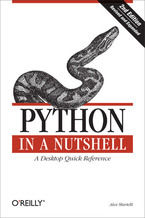




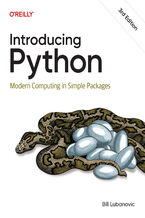

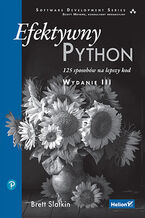
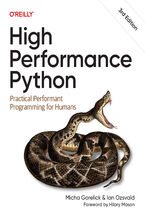
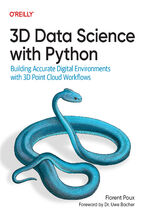








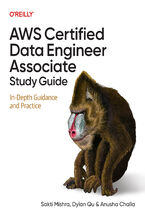
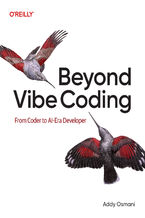
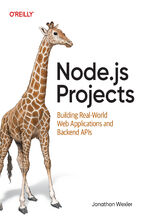
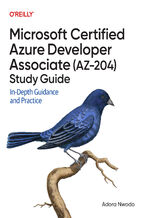
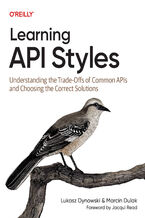
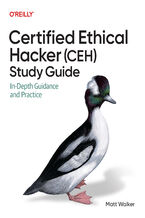
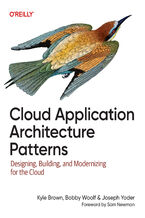
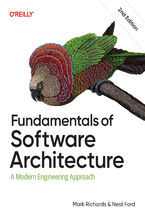
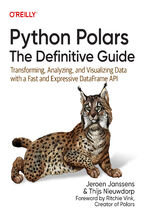
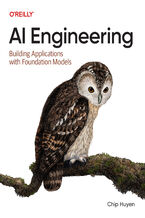



Oceny i opinie klientów: Python in a Nutshell. 4th Edition Alex Martelli, Anna Martelli Ravenscroft, Steve Holden
(0)